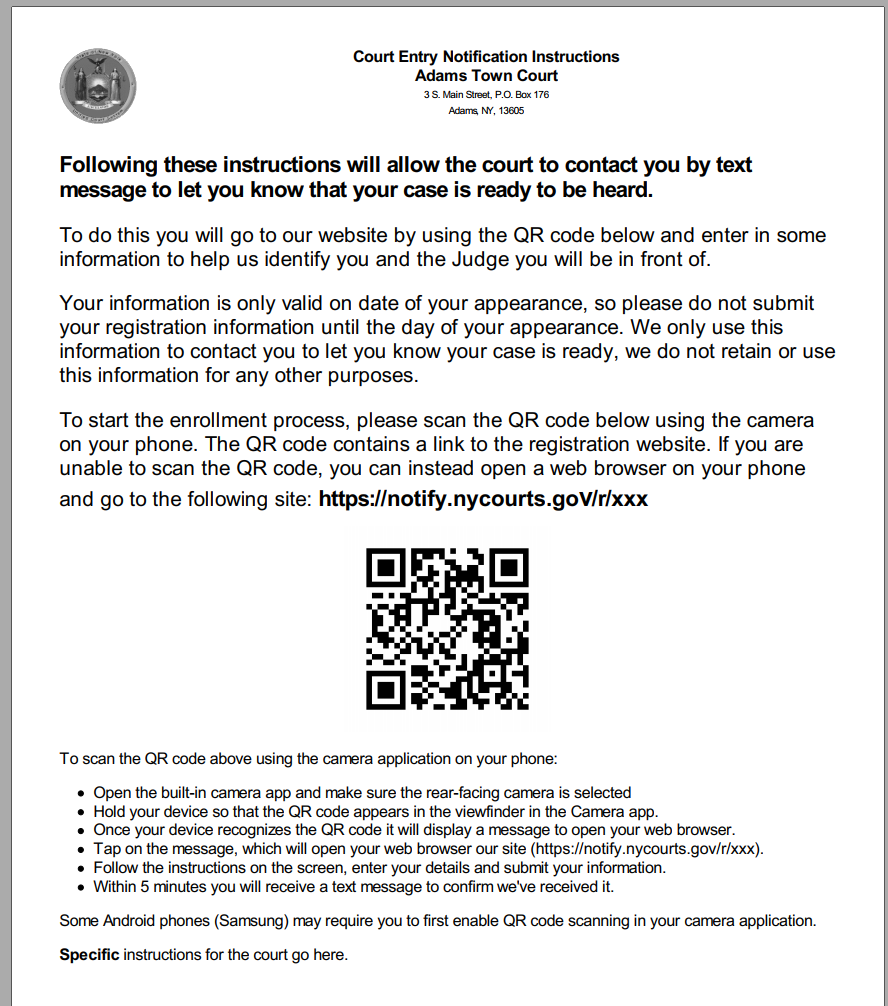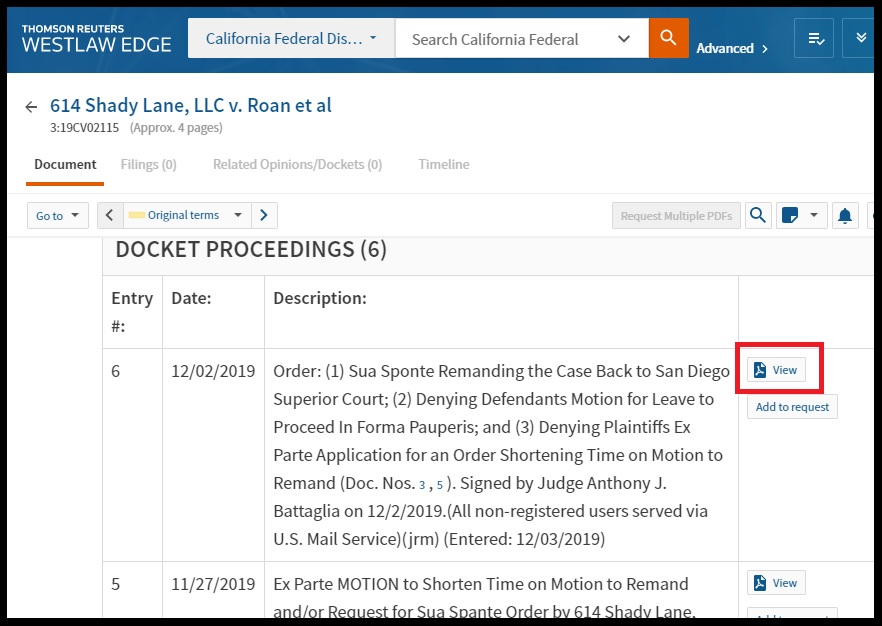
In Australia, the Australian Orthopaedic Association National Joint Replacement Registry and Australian Breast Device Registry collect and store information that can allow people who have had joint or breast surgery to be identified.īut there are no national registers of heart or dental implants.


IDENTIFYING COURT NUMBERS HELP SERIAL
Investigators may be able to link these to patient records via their unique markings, including a trade mark, date of manufacture and serial number. These include prosthetic joints, breast implants, pacemakers or dental implants. The discovery of medical implants during an autopsy can also be informative. This information can then be compared to a database of fingerprint, dental or DNA records.
IDENTIFYING COURT NUMBERS HELP SKIN
fingerprint analysis, which looks at the skin patterns on the tips of fingers.When human remains are recovered, three primary scientific methods are traditionally used to identify who they belong to: It is essential for identifying missing persons, disaster victims and casualties of war. This way they can have a proper burial, families can get answers, death certificates can be issued and justice can be served. Mitchell and Chapter 13 bankruptcyįor details on court numbers, case type abbreviations, and local notes, check the court's website, such as the California Central District's district court website (scroll down to Case Naming Conventions) and the bankruptcy court website.Australia has 2,000 missing persons and 500 unidentified human remains – a dedicated lab could find matchesįorensic examination of human remains is crucial to establish the person’s identity, and cause and manner of death. UA-DUTY for unassigned judge and on duty magistrate.Collins and Magistrate Judge Ralph Zarefsky These are not officially part of the docket number but simply local notes, typically the judge's initials and sometimes information about the type of case. When searching for a docket, skip any letters or numbers after the sequence number. It might be from a court in any district- based on the docket number alone there is no way to tell. The docket number above tells us that the case is from a district court that has been assigned the number 2 within its district, was filed in 2014, and is an adversary proceeding in bankruptcy court, with the sequence number 123456. It might be from the Supreme Court or from any Court of Appeals- based on the docket number alone there is no way to tell.

The docket number above tells us that this case was filed in 2014, with the sequence number 12345.



 0 kommentar(er)
0 kommentar(er)
